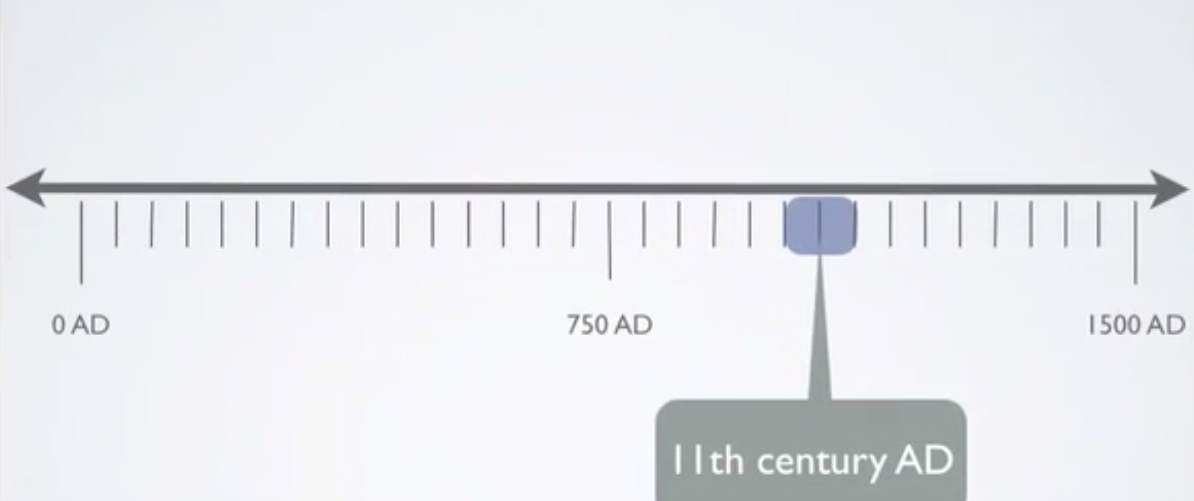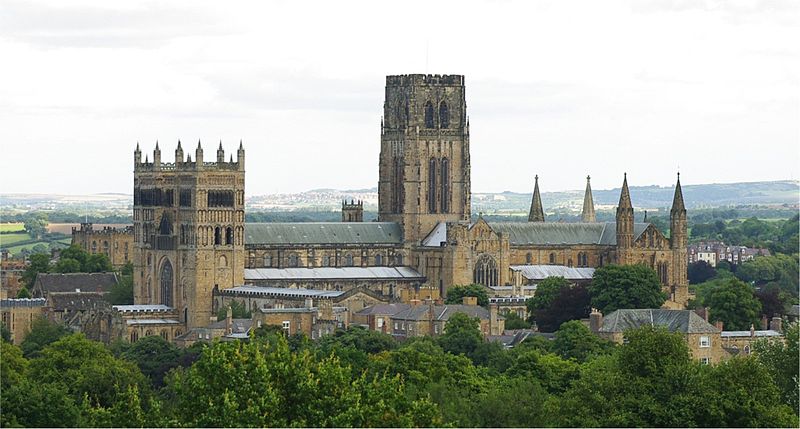Table of Contents |
The architecture--specifically three cathedrals--covered in this lesson originates from the 11th century. The three cathedrals you will learn about are:

Historically, this was a very active period of time. The Catholic Church became a major force within the European world. Changes within the Church allowed the Pope to become more involved with the sociopolitical issues at the time. The threat of Islam was very real to Christendom, and the first of several religious Crusades was called for by Pope Urban II in 1095 to help fend off the Islamic advance near Constantinople.
These Crusades helped influence religious fervor within Christendom and contributed to the popularity of pilgrimages, which are expeditions a person of the faith makes to a holy location.
Pilgrimage routes began to develop throughout Europe, but predominantly within Western Europe. Sanctioned and encouraged by the Church for those that could afford it, pilgrimages became an important source of revenue for the Church. Large churches and cathedrals were constructed to house relics, which were physical objects that had religious importance. Some of these relics included the bodily remains of a saint, or supposed pieces of the True Cross upon which Christ was crucified.
One of the most important churches that served as the anchor for a number of pilgrimage routes was the Cathedral of Saint-James in Santiago de Compostela, pictured below. This cathedral was the endpoint of a few minor pilgrimage trails within Spain and Portugal. The major trail, however, was the pilgrimage trail of Saint-James that originated in France, and passed through such notable places as the abbey church of Sainte-Foy, which held the famous reliquary of Sainte-Foy.
1078-1122 AD
Santiago de Compostela, Spain
The cathedral, above, was constructed in a typical Romanesque style featuring a façade that was reconstructed in a Baroque style several centuries later.
Romanesque means Roman-like, and the architects of these buildings used techniques that originated before and during the Roman Empire. Defining the Romanesque style were such architectural elements as:
Below is an image of the Church of Saint-Etienne in Caen, France.
11th Century AD
Caen, France
This is an example of what is called the high Romanesque style in Normandy, which is an area in the north of France. It was constructed during the 11th century AD.
Next is the Durham Cathedral in Durham, England.

1093-1130 AD
Durham, England
This is a massive building that marks an important change of architectural design in churches. At close to 400 feet in length, it has typical Romanesque architectural design elements, such as its visual weight and the predominant use of the rounded arch. The architects of Durham, however, made use of rib-vaulting inside. This is a major design element of the Gothic style, which came later.
Source: THIS TUTORIAL WAS AUTHORED BY IAN MCCONNELL FOR SOPHIA LEARNING. Please see our Terms of Use.